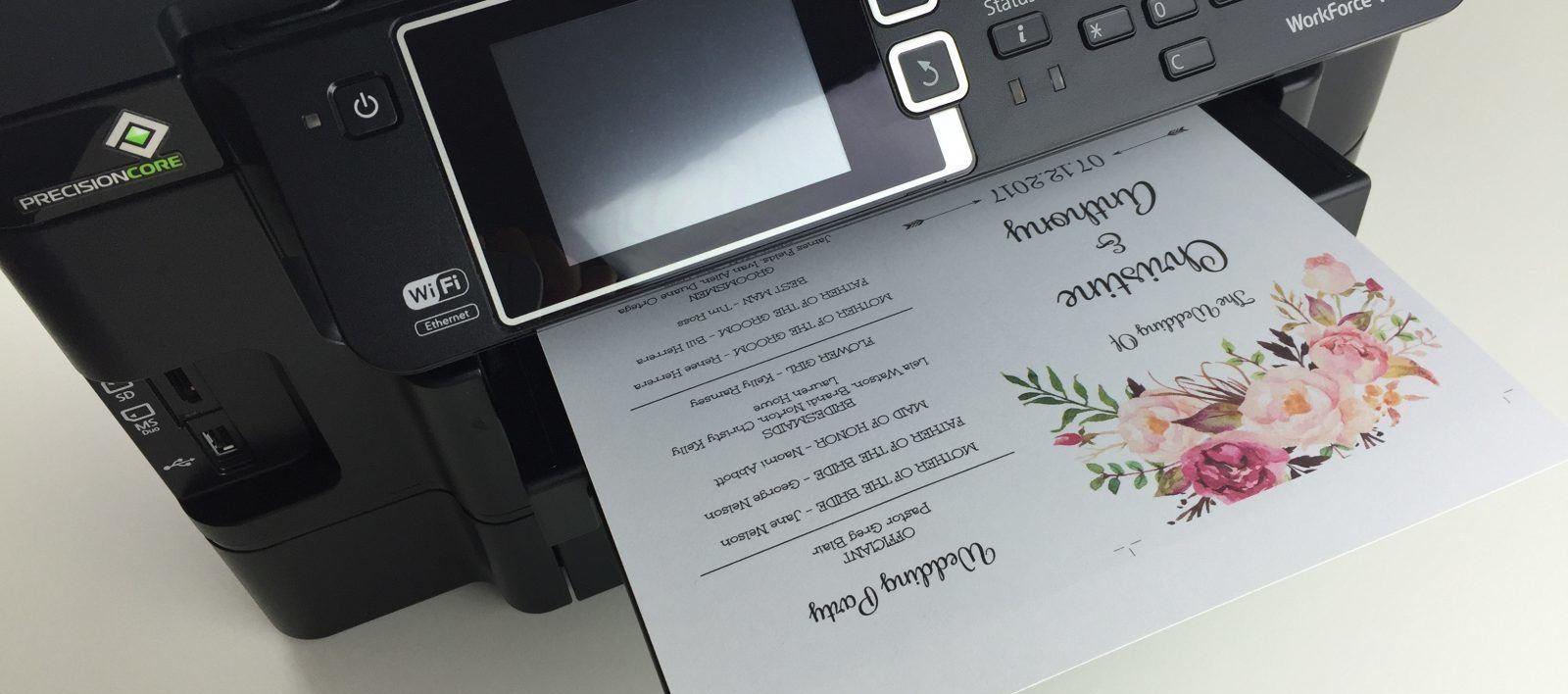When people want to print out postcards, business cards, playing cards, or anything that needs a higher degree of durability, they resort to cardstock.
For more, check out our guide to the best printers for cardstock.
The difference between cardstock and regular paper is that cardstock is a lot more thick and durable.
Usually, when we say cardstock, we’re referring to a paper that weighs between 50 pounds to 110 pounds (approximately 135 g/m2 to 300 g/m2). Having a 50-pound basis weight means that 500 sheets of that paper would weigh 50 pounds. الرهانات
What Types of Printer Can Print on Cardstock? مواقع المراهنات
The answer depends on the thickness of the cardstock you’re using and if it matches the basis weight that the printer is capable of handling. افضل طريقة للعب الروليت
Using a printer with less basis weight than that of the cardstock might cause jamming and lead to paper wastage.
Usually, most cardstock-capable printers are inkjet ones as these are more versatile when it comes to the type and size of paper their input trays can handle.
The only issue is that the quality of their images isn’t as sharp as their laser counterparts.
But you can’t just use a laser printer when you’re working with cardstock as not all of them are equipped to handle the thickness of cardstock. مراهنات رياضية
On laser printers, you can only manage to work with cardstock with a basis weight that doesn’t exceed 65 pounds.
Cost of Consumables
While you may think that the cost of the printer is mainly the initial price you pay for it, that’s not always the case.
A lot of printers come at a rather affordable up-front price but then have very expensive consumables.
This includes the money you spend on replacement cartridges, paper, and maintenance of the printer.
So before you make a purchase decision, make sure you’ve done thorough research on the cost of the supplies you’ll use in the long run.
Look up how long the initial cartridges take before they run dry, how much you can print using only one cartridge, and how much a new cartridge would cost. كيفية لعب القمار
To sum it up, buying a more expensive printer with a more affordable line of cartridges can be more cost-efficient –in the long run- than buying a cheap printer.
Connectivity and Networking
How you can connect to your printer is a very important aspect when it comes to buying one.
Nowadays, it’s very common to use internet-based services to print, including Google Drive, DropBox, Apple AirPrint, Facebook, and Flickr. كيفية الرهان على كرة القدم It’s also common to print from different devices, including smartphones, tablets, and laptops.
That’s why you should check out the connectivity options on the printer you’re considering and make sure that it has diverse means. This includes WiFi and USB ports, as well as WiFi Direct and other connectivity options.
Sheet Capacity
The average printer can typically handle 8.5 x 11-inch paper, but you want something that handles specialty paper with specific features.
Make sure that your printer’s input tray can accommodate the type and size of the cardstock that you intend to print out. If it falls short off the mark, even if slightly, you should steer away from it as it might ruin your paper.
Print Speed
ISO (International Standards Organization) has developed a set of tests and created licenses for vendors to make sure the printers they sell meet a set of specific requirements.
As for the speed, it’s measured in either PPM (pages per minute) or IPM (impressions per minute).
When printing in black, you should go for a printer with at least 13 PPM speed, while the minimum is 11 PPM for color printing.
Print Resolution
A printer’s resolution, measured in DPI (dots per inch) refers to the number of ink dots a printer is able to print over one inch of paper.
The higher this number is, the better the quality of your final output would be. Around 300 DPI is a good average.
So make sure that you get a printer with the largest DPI you can afford. Especially when you’re going be printing specialty media, graphs, art prints, pie charts, and high-quality photos.
